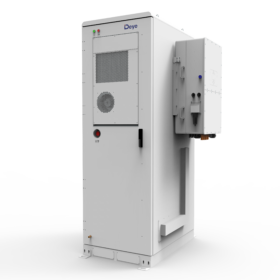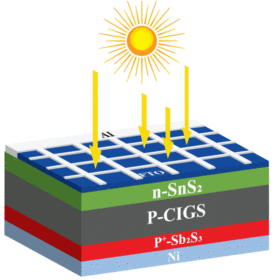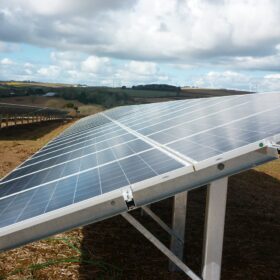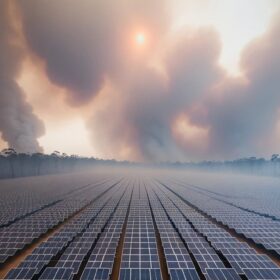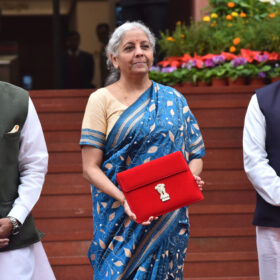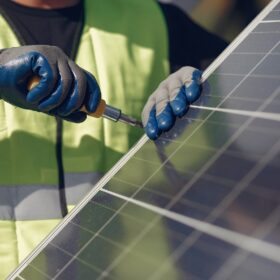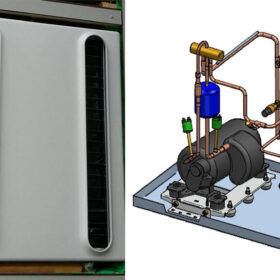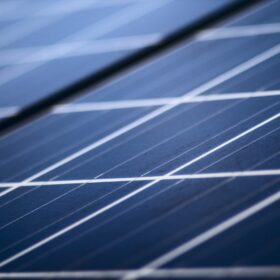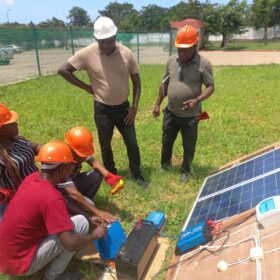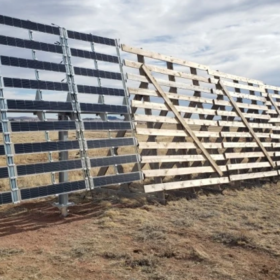Deye releases new 50 kW/61.4 kWh battery
Chinese inverter manufacturer Deye has developed a new all-in-one energy storage system (ESS) with 50 kW of output and 61.4 kWh of storage capacity. It features LiFePO4 batteries with a maximum temperature of less than 40 C.
New CIGS solar cell design with antimony trisulfide promises 31.15% efficiency
The novel solar cell uses antimony trisulfide (Sb2S3) as the back surface field (BSF) layer. According to its creators, this layer can be included in conventional CIGS solar cells to improve their efficiency and reduce the absorber material’s cost.
Africa’s annual PV additions hit 3.7 GW in 2023
According to new figures from the Africa Solar Industry Association (AFSIA), the continent’s cumulative installed PV capacity reached 16 GW at the end of December, based on 3.7 GW of new annual installations.
The impact of wildfire smoke on rooftop PV
While investigating on the effects of wildfire smoke on rooftop PV installations, a group of scientists in Australia has discovered that solar arrays, due to their sensitivity to smoke, could serve as an early warning detection of wildfires by providing temporal and spatial information on the presence and approximate concentrations of smoke.
India focuses on residential rooftop PV, EV infrastructure in new budget
Indian Finance Minister Nirmala Sitharaman has submitted an interim national budget for fiscal 2024-25 to parliament, with a focus on residential rooftop solar, funding for offshore wind, and support for EV manufacturing and charging infrastructure.
Solar waste to provide material supply security
Researchers from the University of New South Wales have rejected suggestions that end-of-life solar panels could create a “waste mountain” in Australia, saying instead that they could serve as valuable material reservoirs for future production.
Façade-integrated R290 split-type heat pump for domestic hot water
Researchers in Austria have developed a new heat pump system for residential applications that reportedly achieves a coefficient of performance ranging from 2.82 to and 3.11 at an outdoor air temperature of 10 C and 20 C, respectively. They also found the system was able to supply the comfort conditions at all tested outdoor temperatures.
Greek utility secures funding for 550 MW PV plant at former coal mine
Greece’s Public Power Corp. (PPC) has secured funding for the construction of a 550 MW solar plant at a former lignite mine. The state-owned utility says that, upon completion, the plant will cover almost 2.5% of domestic electricity generation.
Solar PV technical and vocational training in Africa: best practices from the field
Training and capacity-building become fundamental to effectively support the deployment of renewable energy technologies in Africa. For this reason, RES4Africa Foundation, under the umbrella of the RES4Africa Academy, provides multi-level capacity-building to guarantee open access, inclusivity, youth and women empowerment, linkages with industry and the labour market, and customization to local requirements, among others.
U.S. researchers testing dual-use solar snow fence
Pairing electricity production with snow drift barriers to protect roads is being evaluated by the Minnesota department of Transportation.
